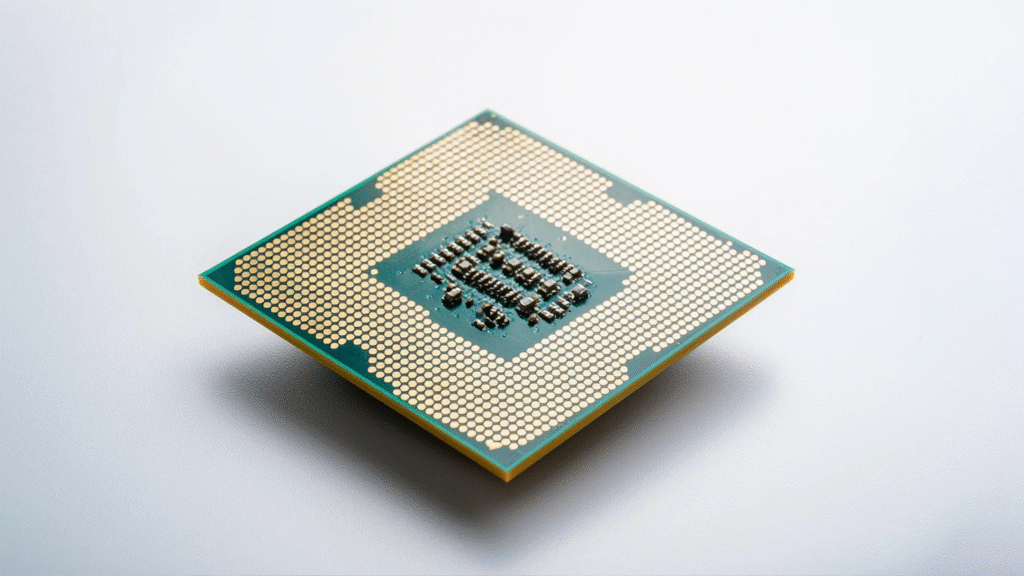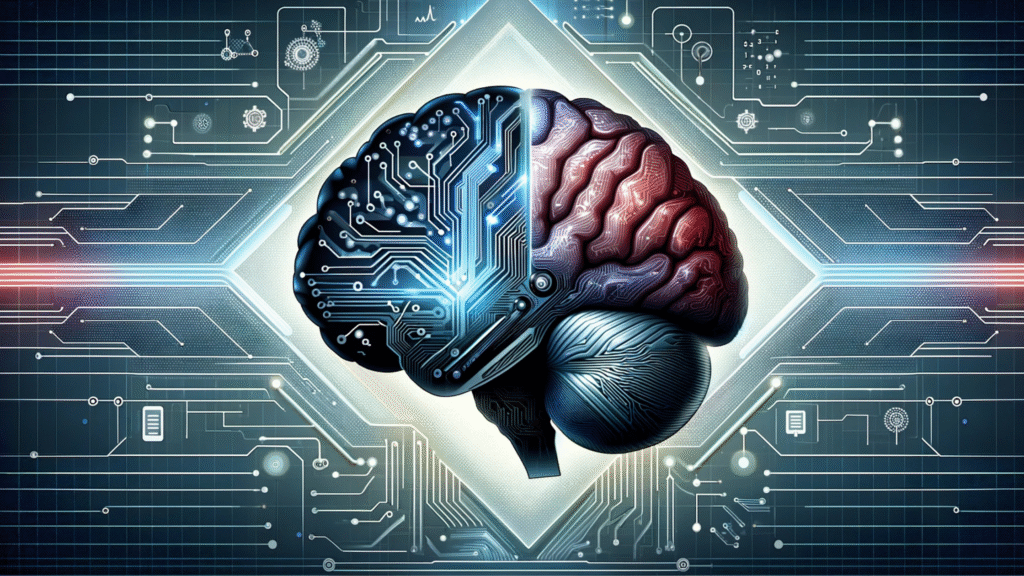What is CPU
CPU is an electronic microchip made of silicon. CPU converts the instructions given by the users into useful information after processing and controls all the functions of the computer system. CPU is also known as processor or microprocessor because it processes the data and instructions given by the users.
brain of computer
CPU is the most important part of the computer, CPU is located on the motherboard of the computer, the main function of the motherboard is to connect all the hardware of the computer, the main function of the CPU is to execute the program and control all the parts of the computer such as input device, memory, output device etc. Therefore CPU is called the brain of the computer.
Who invented the CPU and when
CPU which we also know as Processing Center, CPU was invented by the team of Federico Faggin, Ted Hoff, Stanley Mazor, and Masatoshi Shima in 1971, the first CPU was known as Intel 4004, it was a microprocessor, which was designed by Federico Faggin.
Types of CPU
There are six main types of CPU
- single core
- Dual-Core
- Quad core
- Hexa-Core
- Octa-Core
- Deca-Core
Part of CPU
There are three main parts of a CPU
(CU) control unit
The full name of CU is Central Unit, Control Unit is the most important part of CPU, Control Unit works to control the entire computer system, Control Unit works to control all the components and peripheral devices connected to the computer such as keyboard, mouse, printer, scanner, etc.
(ALU) Arithmetic Logic Unit
The full form of ALU is Arithmetic Logic Unit, it is used to perform arithmetic and logical calculations.
Two types of calculations are performed by ALU
Arithmetic operation
When we add or subtract any two numbers in our computer system or multiply them, then during this, the arithmetic operation is carried out by ALU in the computer.
Arithmetic calculations include addition (+), subtraction (-), multiplication (×), division (/), etc.
Logical operation
Under this, comparative calculations are done.
Equal to (=)
Less than (<)
Greater than (>)
All these calculations are done in logic operations.
(MU) Memory unit
Memory unit is used to store data and information in the computer.
There are two types of memory in a computer
- Primary memory
- Secondary memory
Full form of CPU
C – Central
P – Processing
U – Unit
full form of CPU is Central Processing Unit.
Function of CPU
The CPU reads the data and instructions given by the user and performs calculations based on the given instructions. This is called processing. The CPU controls all the functions of the computer. The main function of the CPU is to execute the program and control all the parts of the computer such as: memory unit, devices, output devices, etc.
Instruction
CPU is the main part of the computer, it processes all the instructions given by the user, this CPU takes all the instructions through programming and interprets them and then performs the required task, such as: any user has to send data from one place to another and the CPU successfully follows the instructions given to it.
Data processing
For processing, the CPU first receives and records the instructions given by the user in the memory, stores those results, then processes the data and then executes those instructions.
process the result
The CPU or processing unit receives instructions given by the user, interprets and reads them, and executes them to produce accurate results, this process takes place in a cycle also known as fetch-decode-execute cycle.
the cpu controls the computer
CPU is also known as Central Processing, CPU is a brain which is called the head of the computer which controls the computer successfully. CPU receives or stores instructions like the brain and successfully gives the result for the instructions given to the computer.



Join today and get a head start with your bonus! – https://krakenpartners.net/ru/track/1174
awesome